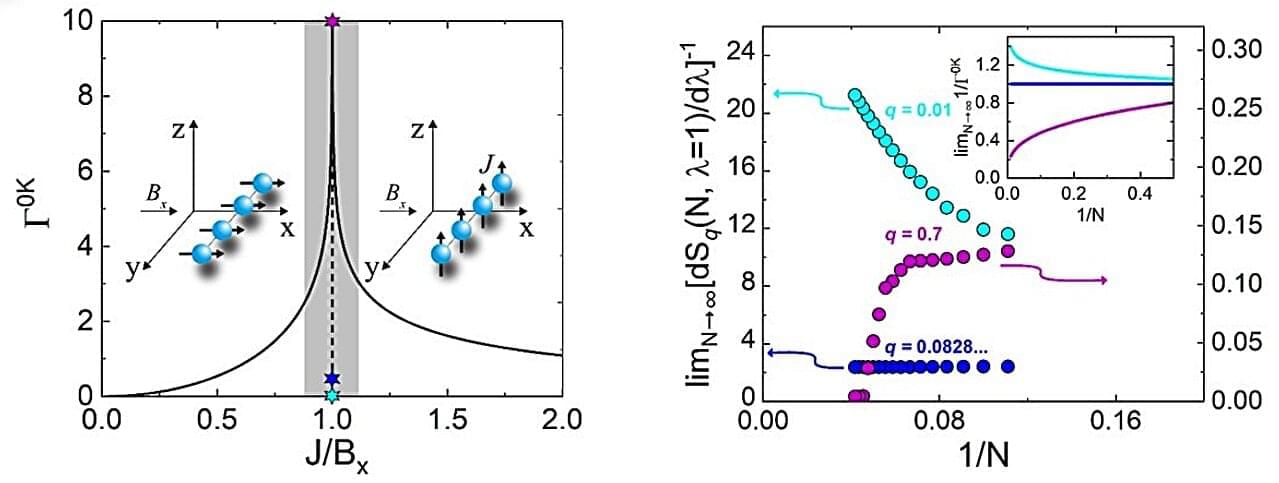Statistical mechanics is one of the pillars of modern physics. Ludwig Boltzmann (1844–1906) and Josiah Willard Gibbs (1839–1903) were its primary formulators. They both worked to establish a bridge between macroscopic physics, which is described by thermodynamics, and microscopic physics, which is based on the behavior of atoms and molecules.
The Austrian physicist Boltzmann explained the second law of thermodynamics in statistical terms. He defined the entropy of a system based on the number of possible microstates it could assume.
Unlike Boltzmann, who focused more on the physics of gases and the distribution of particles in equilibrium, the American Gibbs developed a general mathematical formalism that could be extended to more complex systems. Together, their contributions formed the basis of a physics capable of modeling a wide variety of phenomena.
